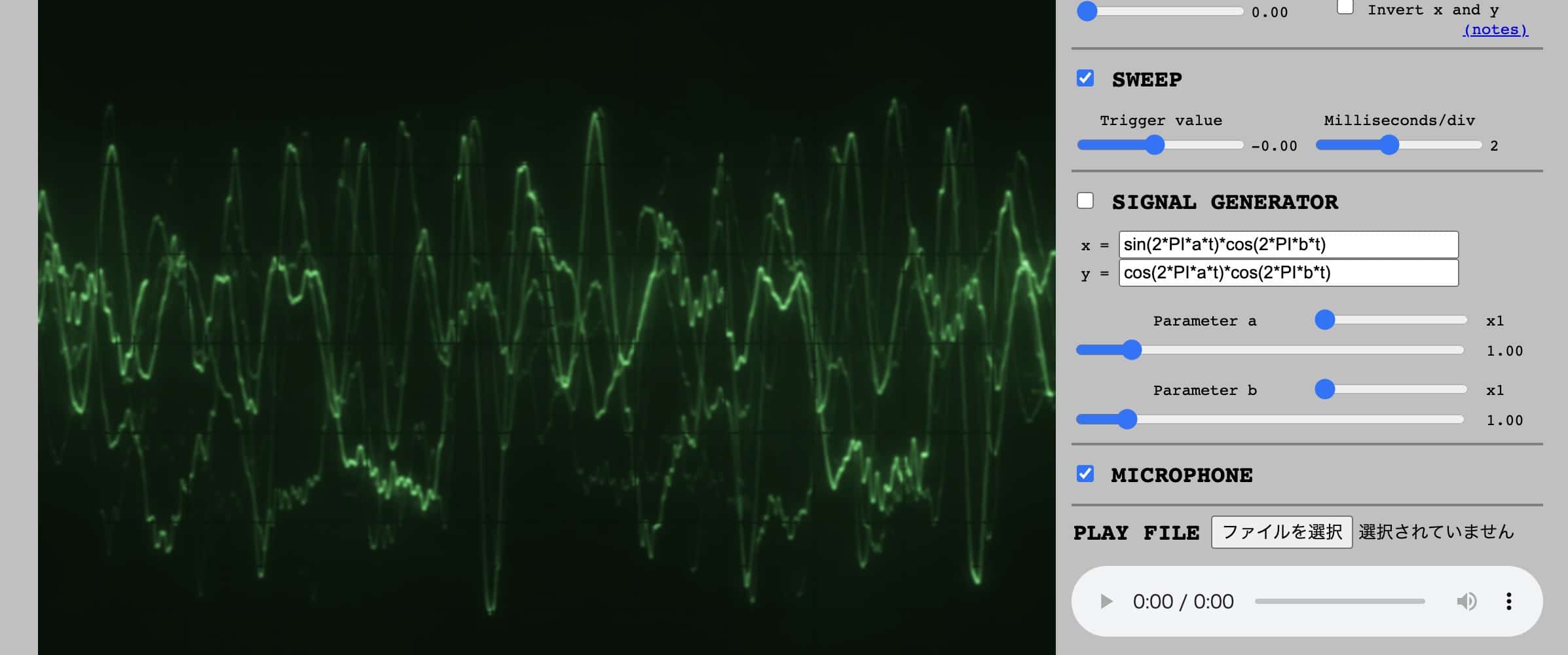Using the “XXY OSCILLOSCOPE” Web App in Physics Class: Making Waves Visual and Fun
I’m Ken Kuwako, a science trainer. Every day is an experiment.
A great tool for class! The “XXY OSCILLOSCOPE” web app makes showing waves fun
When you’re teaching about the nature of sound or the properties of waves in a middle school science class, it can be hard for students to really grasp the concepts. They can hear the sound, but they can’t see the air vibrating. When you explain longitudinal waves, you often get blank stares. This is where an oscilloscope comes in handy. But the old, analog oscilloscopes sitting in the physics lab are a hassle—they’re difficult to use and just plain annoying to get out. There aren’t enough for every student to use, and both setup and cleanup take a lot of time.
That’s why I recommend a web-based app called “XXY OSCILLOSCOPE.”
You can use it instantly from this link (no installation needed):

The biggest selling point of this app is that you can use it on any device—a PC, tablet, or smartphone. It displays sound from the microphone as a waveform in real-time. And it’s surprisingly professional. It can visually show physical quantities like the wave’s shape, amplitude, and period, making the abstract topic of waves concrete in an instant.
When you use it, you’ll see students’ eyes light up as they say, “Whoa, my voice just turned into a wave!” It’s truly a “visualization magic” of science. It’s especially perfect for showing how the pitch and loudness of a sound change the waveform.
But it does have one quirk. Sometimes, the app doesn’t work right away. But don’t worry—you can almost always get it to work by following these steps.
What You’ll Need
An internet-connected device (PC, tablet, or smartphone—anything works)
A microphone (a built-in one is enough)
A browser (Chrome or Edge are most stable)
Tips for Use
Open the app
→ https://dood.al/oscilloscope/
Open the “Options” menu on the right.
Turn the “Sweep” and “Microphone” checkboxes off, and then on again.
→ If you skip this step, the microphone input may not register (this is the quirk).

Make a sound or say something.
→ The waveform will start moving in real-time!
Sound “Sensing” Activities
Change vowels, such as “ahhh” and “eee.”
→ Show students how the wave shapes are different, and talk about how vocal cords work.
Show them the sound of a clap or a desk tap.
→ What does an instantaneous shockwave look like? Visualize it.
Have a student sing a single note from their favorite song.
→ Focus on the relationship between pitch and wave period!
Use it with a class app that has a recording function.
→ This allows for later review and comparison.
Conclusion

The “XXY OSCILLOSCOPE” is a remarkably solid tool for a free app. By using students’ senses of “sight, sound, and feeling” to the fullest, your lessons on waves and sound will become much more engaging. And getting that “Whoa!” reaction from them is the best part. Since it’s easy to set up, you can enrich your wave lessons even without a physical oscilloscope in the science lab!
Contact and Requests
Bringing the wonders and fun of science closer to you! We’ve put together easy-to-understand guides on fun science experiments you can do at home, along with tips. Feel free to search around!
・About the administrator, Ken Kuwako: Click here
・For various requests (writing, lectures, experiment workshops, TV supervision, appearances, etc.): Click here
・Article updates are being distributed on X!
![]() Our “Science Fun Channel” is streaming experiment videos!
Our “Science Fun Channel” is streaming experiment videos!


